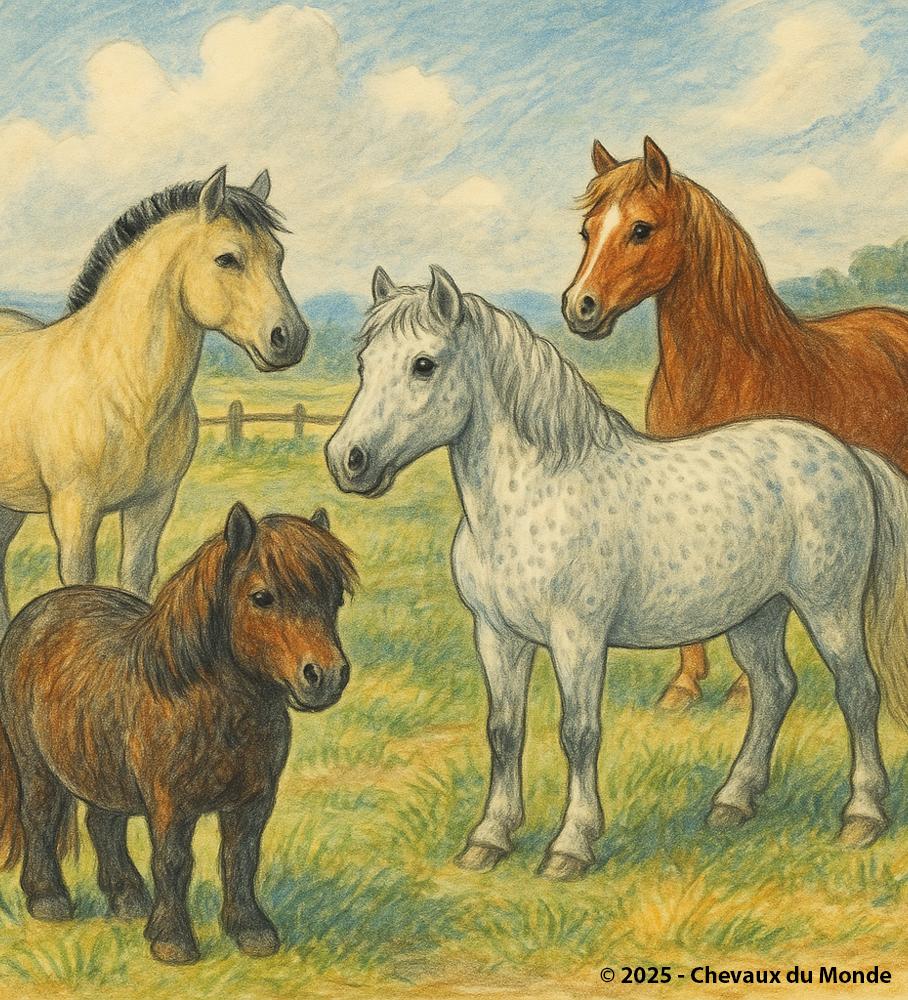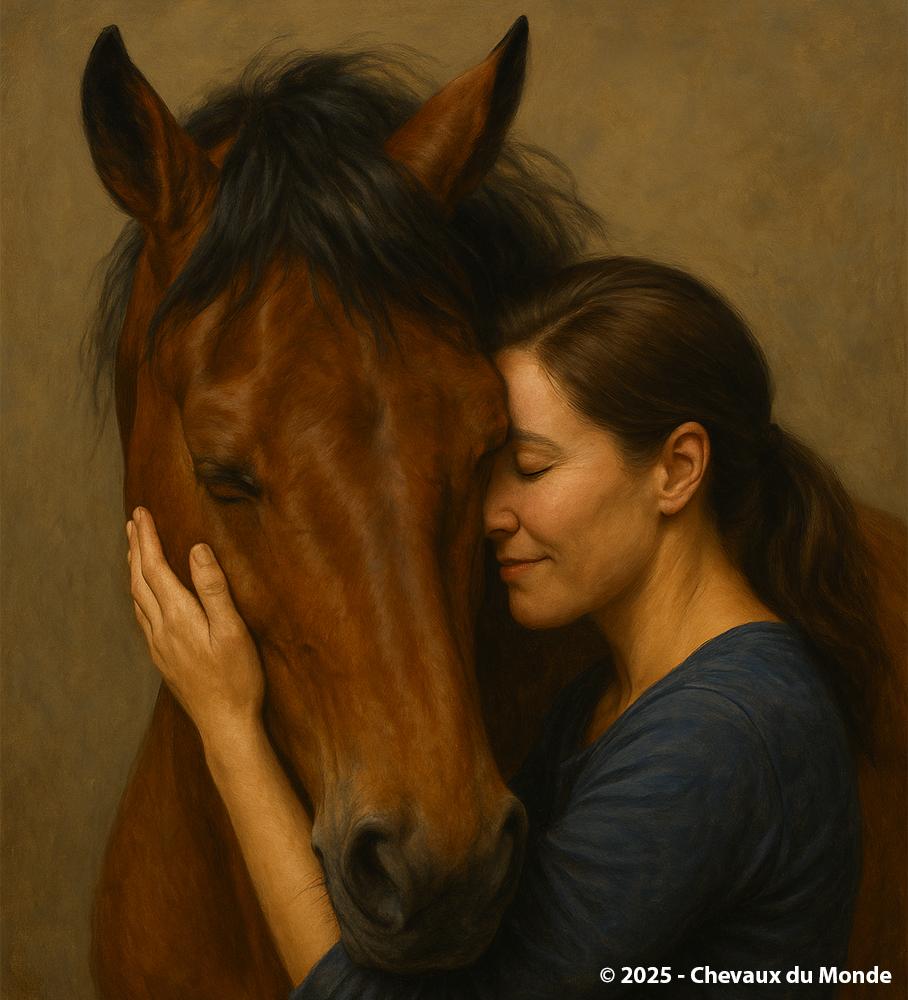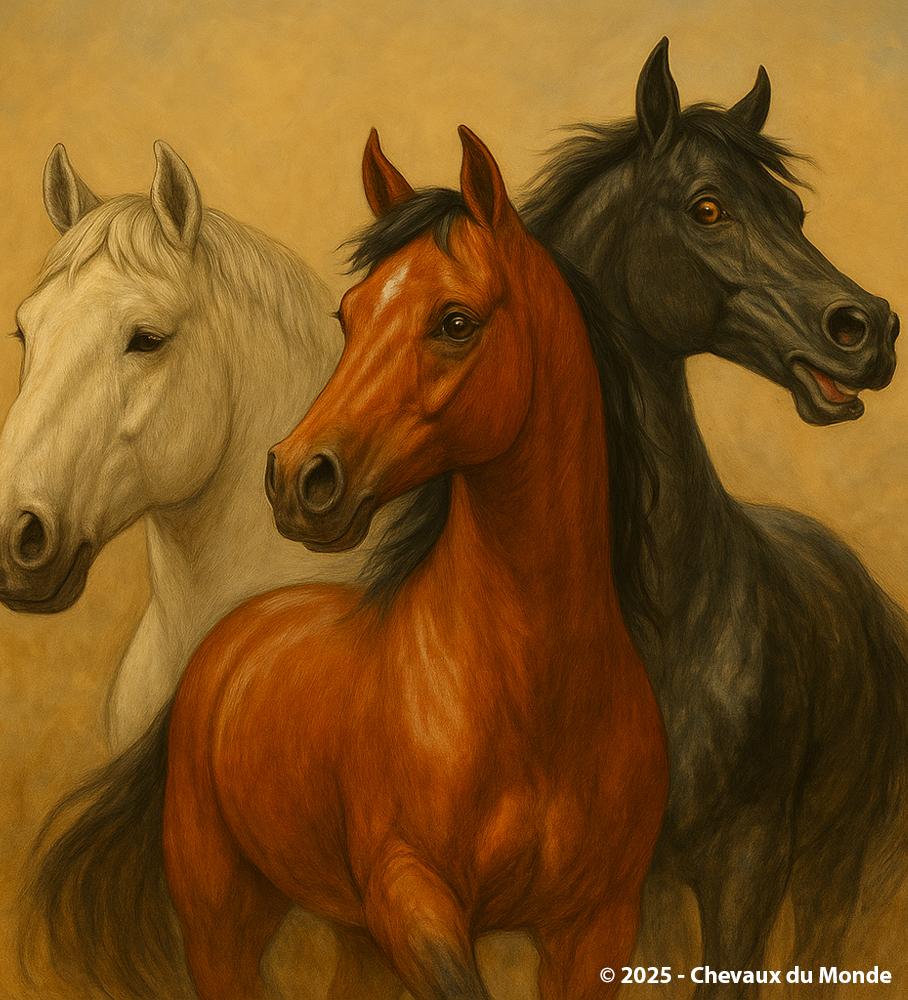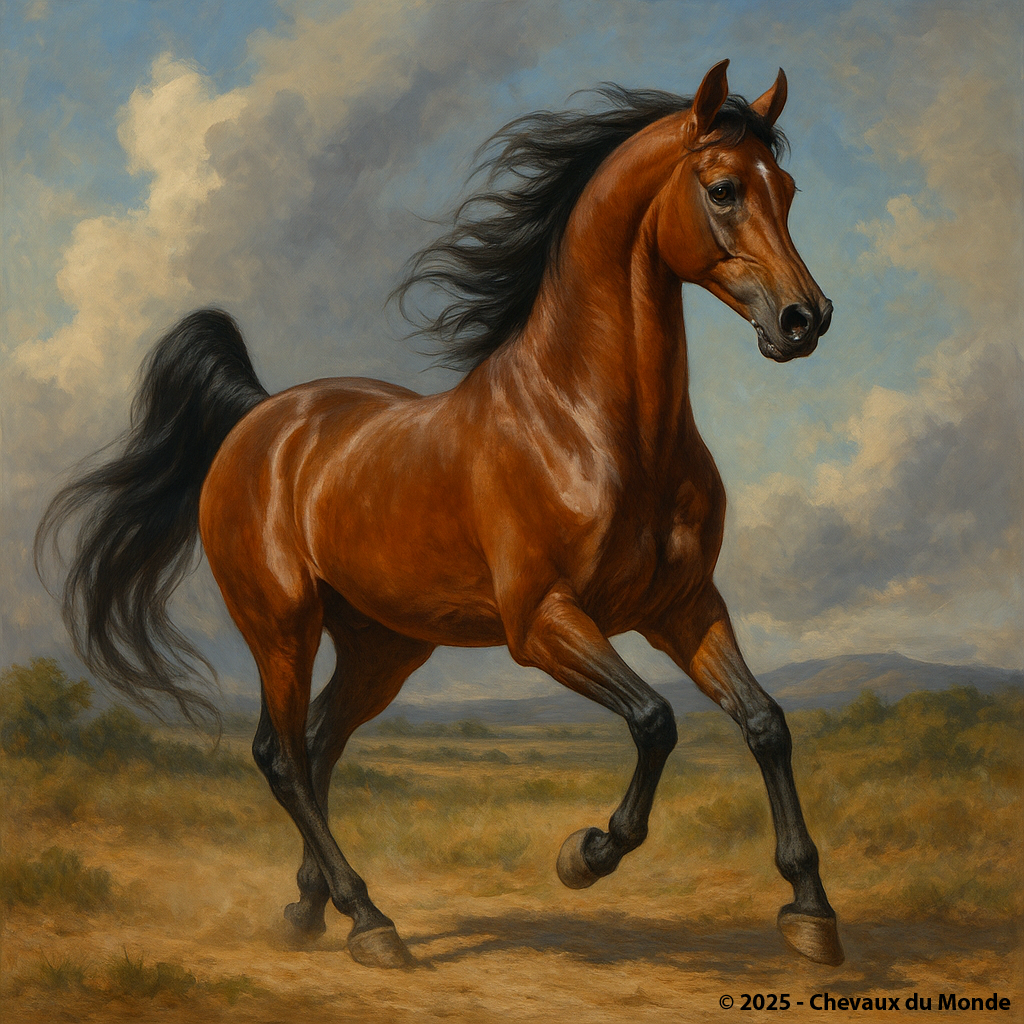WARMBLOOD HORSES: BALANCE AND VERSATILITY
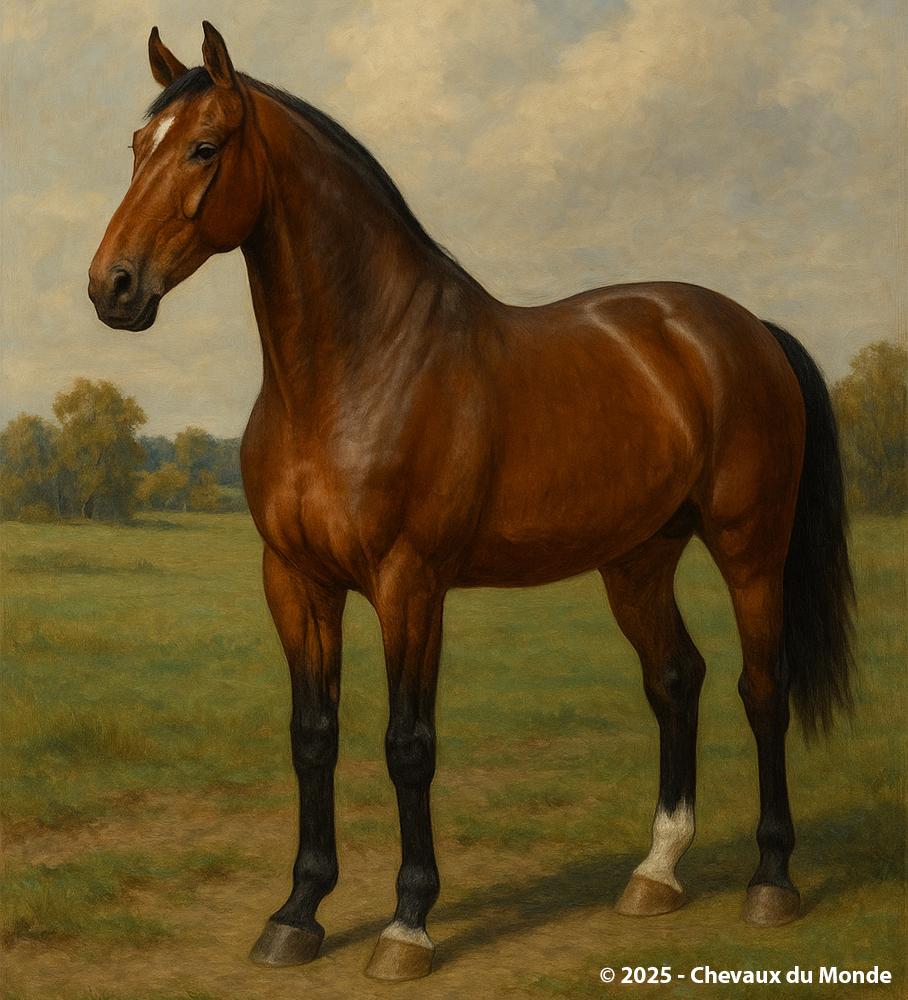
Controlled power: warmblood horses combine the strength of draft breeds with the agility of light horses, perfect for sport and leisure.
In the world of hippology, the distinction between hot-blooded horses, cold-blooded horses, and warmblood horses is essential to understand their aptitudes and uses. Warmblood horses hold a unique place, combining the energy and liveliness of oriental breeds with the strength and stability of draft horses. This combination makes them favored partners in many fields, especially in equestrian sports.
What is a “Warmblood” horse?
The term “Warmblood” refers to a category of horses resulting from crosses between:
- hot-blooded horses (such as the Thoroughbred or Arabian), known for their speed, refinement, and sensitivity,
- and cold-blooded horses (such as draft breeds), valued for their strength, endurance, and calmness.
The result is a versatile horse with a balanced temperament, able to meet the demands of modern equestrianism.
Origins and breeding of Warmblood horses
The rise of warmbloods dates back to the Middle Ages, in Northern and Central Europe (notably Germany and the Netherlands). They were initially bred as war horses and carriage horses, strong enough to carry armored riders or pull heavy loads.
From the 19th century onward, selection shifted toward the sport horse. Strict stud-books were established, aiming to produce horses that were athletic, but also docile and reliable.
Morphology and general characteristics
Warmblood horses generally present:
- a medium to large size (1.60 m to 1.75 m at the withers),
- a solid frame without heaviness,
- an expressive and well-proportioned head,
- a muscular croup that favors propulsion,
- elastic and ample gaits, ideal for dressage and jumping.
Their morphology reflects this balance between power and elegance, making them both enduring and manageable.
Temperament and behavior
Unlike hot-blooded horses, often very nervous, warmbloods possess a balanced character:
- sufficiently responsive for demanding sports,
- but also calm and steady enough to suit amateur riders.
This behavioral versatility makes them reliable partners, capable of consistent work while retaining liveliness.
Iconic Warmblood breeds
Several European stud-books are now internationally recognized:
- Hanoverian (Germany): renowned in dressage and show jumping,
- Holsteiner (Germany): a specialist in jumping,
- Oldenburg (Germany): appreciated for its power and elegance,
- Westphalian (Germany): an all-around sport horse,
- KWPN (Netherlands): among the best modern sport horses,
- Selle Français (France): highly successful in eventing and show jumping.
All these breeds share a demanding breeding program, constantly aiming to improve sporting performance.
Modern uses
Warmbloods dominate the world of international equestrian sport today:
- Dressage: thanks to their supple and expressive gaits,
- Show jumping: due to their power and agility,
- Eventing: thanks to their endurance and courage.
They are also used in competitive driving and occasionally for leisure activities, although they are mainly intended for experienced riders.
Conclusion
Warmblood horses represent the ideal compromise between strength and sensitivity. The product of rigorous selection, they have become the true athletes of modern equestrianism. Their success in international competitions reflects their versatility and balance, making them an essential category in the equine world.
"Warmblood is the perfect balance between spirit and reason."

